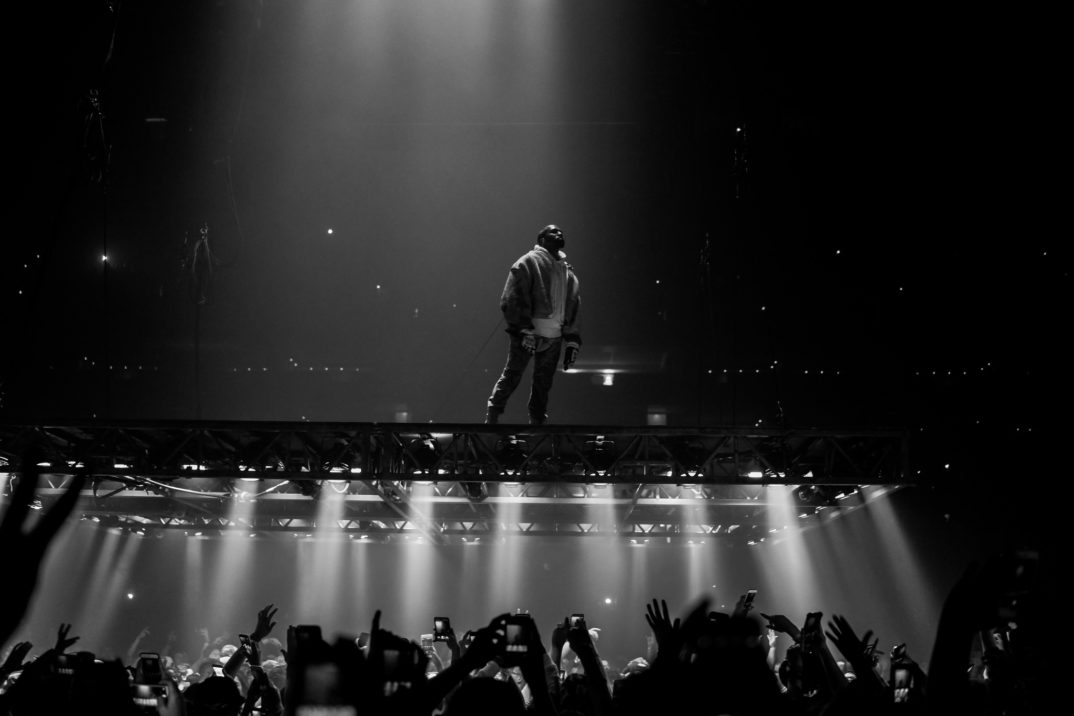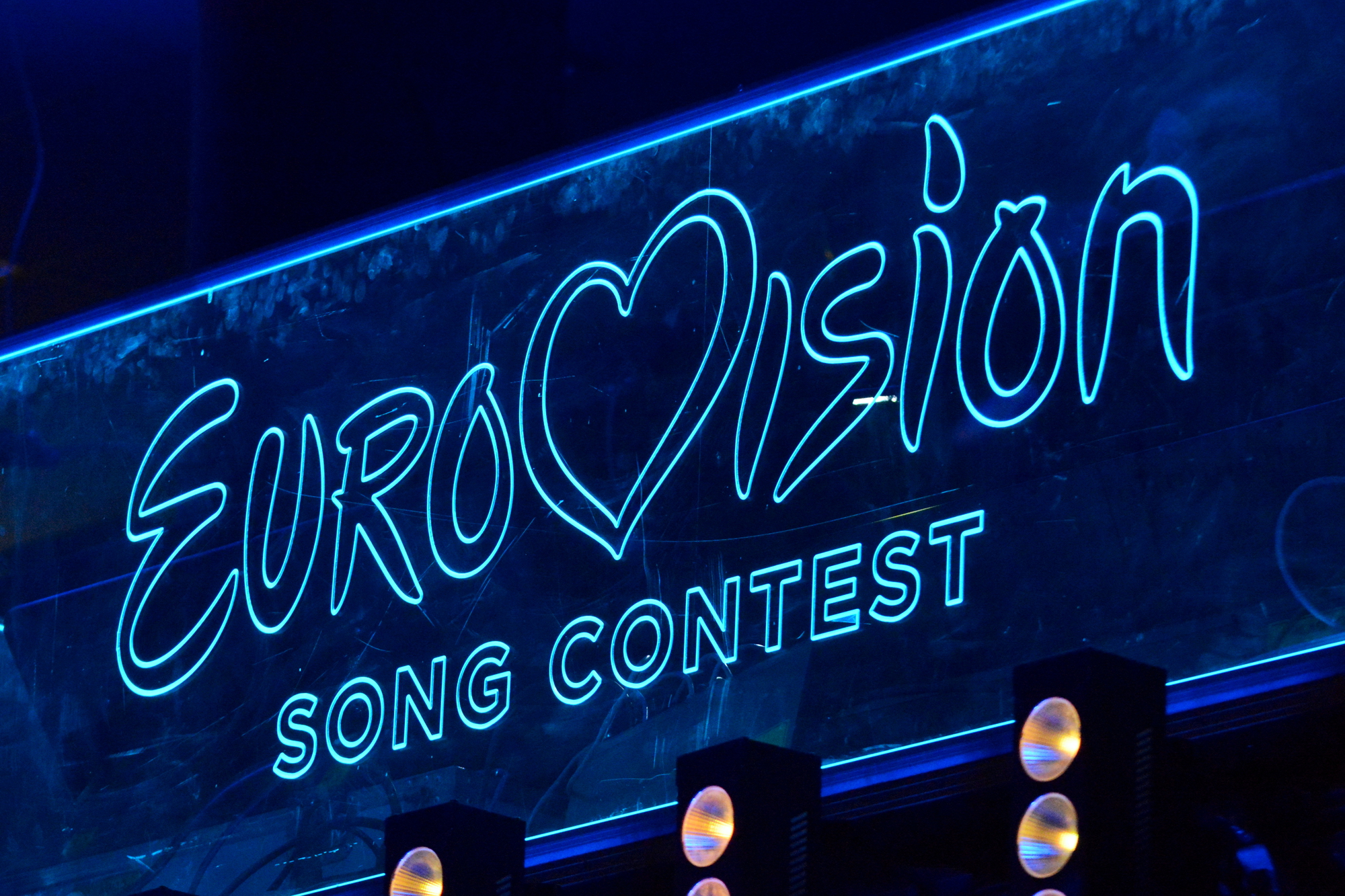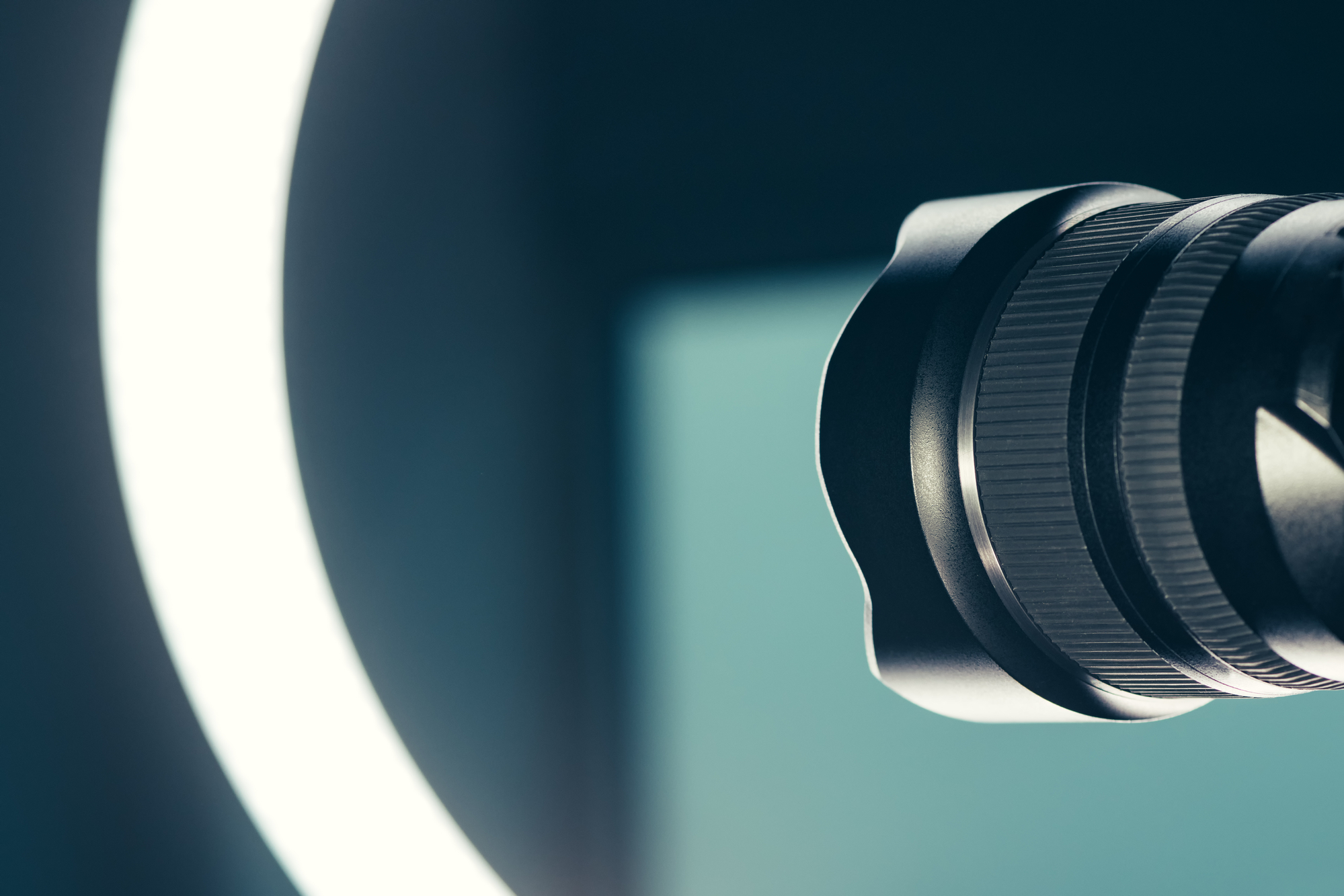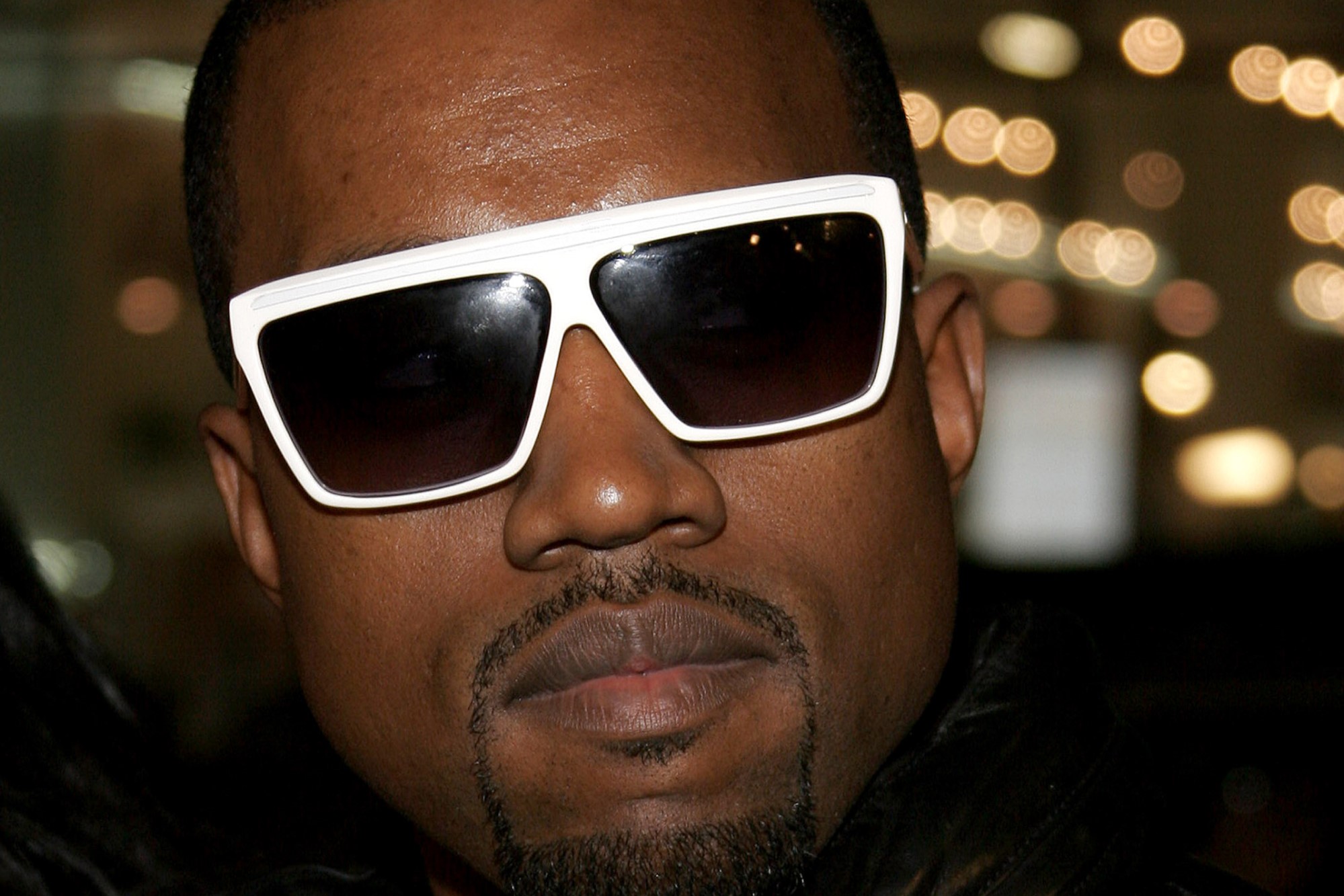Hip-Hop Misogyny’s Effects on Women of Color
Hip-hop has become one of the most popular and influential music genres to date, with clout that has reached far beyond the United States and its inner-city New York roots. Rappers and poets alike craft clever verses and lay them over powerful beats, while smooth crooners sing over catchy instrumentals. Hip-hop has even crossed over music genres, with influences in styles of music such as rock, gospel, and even country. With hip-hop being integrated into so many different classifications, the music genre has brought people together, allowing individuals of different races, religions, and creeds to come together to enjoy something that they all have in common.
Although hip-hop has made such an impact on people on an international level, it still seems to be lacking, for sometimes, hip hop’s content can negative. It can promote themes of violence, drug use, and other illegal activities. But one of the worst motifs of hip-hop is its disenfranchisement of women, especially women of color. With the negative image of women of color that hip-hop music and its accompanying visuals promote, should hip-hop artists be held accountable for the negative images that they popularize, or should it simply be seen as artistic expression?
Per Kathy Saegian of the Pittsburgh Post-Gazette, after hip-hop music and culture was established in the early 1970’s by black and Latino youth, it began to evolve, for its message began to include more sexual overtones. Hip-hop went from groups like the Sugarhill Gang rapping about “the bang bang boogie” on their 1979 hit song “Rapper’s Delight” to rap group Run DMC talking about their shell toe Adidas in their 1984 iconic song “My Adidas.” From there, music with more sexual overtones began emerging. A prime example of this change of tone for hip-hop is demonstrated in LL Cool J’s 1995 track “Doin’ It,” where lyrics such as “It’s the first time together and I’m feelin’ kind of horny” and “Blow your socks off, make sure your G spots off,” embody the overall theme of the song. In addition to the vulgarity of the song lyrics, the music video that goes along with “Doin It” is equally sexual and misogynistic, for a scantily dressed black woman is shown crawling on the floor and licking LL Cool J.
The sexualization of black women in hip-hop continued into the 2000’s, with songs such as Kanye West’s 2005 single “Gold Digger,” where he raps about women wanting him for his money. In the “Gold Digger” music video, women, mostly women of color, are seen striking poses in revealing clothing. Not only does the “Gold Digger” video sexualize women, but the repeated images of women of color throughout the video could send a subliminal message to audiences saying that many women of color are gold diggers.
What’s especially interesting about the misogynistic way that women of color are portrayed in hip-hop is that some female hip-hop artists seem to embrace and take advantage of the way that they are sexualized. For instance, rapper Nicki Minaj’s song “Anaconda,” released in 2014, was a spin-off of Sir Mix A-Lot’s “Baby Got Back.” The hook of “Anaconda” was a part of one of Sir Mix A-Lot’s verses: “My anaconda don’t want none unless you got buns hun.” The “Anaconda” music video consists of Nicki Minaj and her background dancers, who are again mostly women of color, shaking their behinds to the music. According to Billboard, Minaj’s “Anaconda” video broke records for most views in 24 hours, with 19.6 million clicks on the first day of its release. The video only gained popularity after the first day of release, meaning that people across the globe could’ve seen the video. Although viewers most likely had different opinions about the video, it is clear that music videos such as the “Anaconda” music video kept up a trend of associating women of color with sex and little else.
The trend of hip-hop sexualizing women of color continues in the present day, with songs such as rapper G-Eazy’s 2017 single, “No Limit.” The song’s hook describes how women should engage in sexual activities with the rapper and receive gifts, mainly ones of monetary value. G-Eazy released a remix that became more popular than the original song due to the many notable rappers that featured on it. Up-and-coming rap artist Cardi B was one of the many features on the “No Limit” original song and remix, where she raps about how she engages in sexual intercourse and receives money. Cardi B also features in the “No Limit” music video, where she is seen posing naked in a pile of dollar bills. Cardi B’s part in the “No Limit” visual could lead audiences to think that the women, especially women of color, only have value based on sex and money.
Perhaps many viewers saw the “No Limit” video and even the “Anaconda” music video for what they are: music videos. But others could truly internalize what these hip-hop songs and music videos are conveying and attribute what they are seeing in real life. Music videos just as Nicki Minaj’s “Anaconda” and others could cause viewers to associate women of color with large posteriors and sex. Such a notion is dangerous for women of color because it could affect how they viewed when they are trying to find employment or even form relationships. Such music could drastically affect whether some women are taken seriously or not.
The issue of hip-hop message can affect younger audiences as well. Adolescent boys who see these videos could grow up with unrealistic expectations for their sexual partners. Worse, adolescent girls, primarily adolescent girls of color, could grow up thinking that they are only worth what their bodies have to offer. Indeed, according to Carolyn West, associate professor of psychology and violence prevention at the University of Washington, “Black girls are not seeing positive images of who they are and what they can be.” West’s words mean that girls of color are being more exposed to sexual images rather than images of doctors, lawyers, and writers who are women of color. Their view of possibilities and opportunities is skewed and limited due to the messages and images that hip-hop sends.
While it seems that hip-hop should take responsibility in the sexualization of women and women of color, it is important to realize that rap artists have the freedom to rap about what they want. The creative directors of their music videos also have the liberty to create whatever visuals that they want to. And unfortunately, sex is what sells and gets views. If hip-hop artists don’t want to be cognizant of the message that they are sending to viewers, perhaps the censorship of their content should have a larger role. Although radio stations censor foul language in songs, and websites such as Youtube impose an age requirement to view certain videos, it is easy to get around such obstacles.
Therefore, it remains the responsibility of the creators of hip-hop content to make some kind of change. Perhaps women don’t have to be so scantily dressed in music videos. Maybe not every other line in a rapper’s verse has to say something derogatory about women. Hip-hop had influenced the lives of many, and therefore, it should have more of a positive impact on its supporters rather than negative ones.





